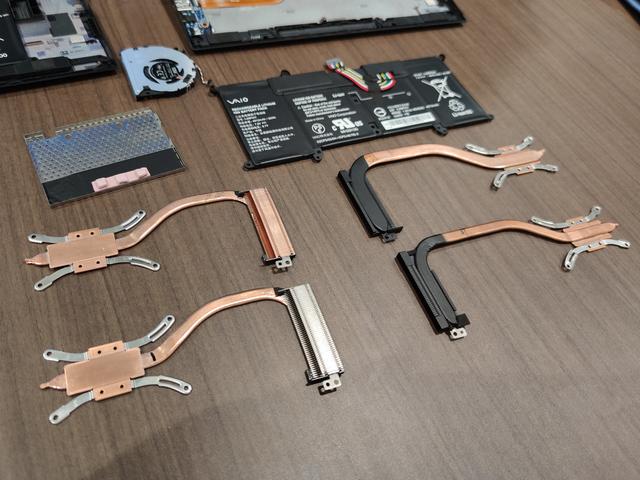Why is there a difference in performance even with the same CPU? The difficulty of notebook PC design taught by the new VAIO TruePerformance
It is not only the architecture and clock that determine the CPU performance of current notebook PCs, but thermal design is another factor
The factors that determine CPU performance are: They are "CPU core architecture" and "clock frequency". But with laptops, there's another factor to consider. That is "power consumption" and "thermal design (thermal)". Now it has a big impact on laptop performance and is becoming more important than clock frequency. First of all, I would like to explain that it is impossible to correctly evaluate the performance of a notebook PC unless power consumption and thermal design are considered.
Modern so-called Von Neumann computers (computers that perform high-speed calculations using 0s and 1s) use general-purpose processors such as CPUs and GPUs to perform high-speed calculations. At that time, the parameters of performance are the efficiency and clock frequency of the internal architecture of the processor (here it is easy to understand CPU, the same below). The former is expressed as "IPC (Instruction Per Cycle)", which indicates how many instructions can be executed during one cycle, and the latter is expressed as "clock frequency", which indicates how short the real time is for one cycle. Become.
However, current CPUs, especially laptop CPUs, are complicatedly entwined with another factor that determines the performance of the CPU. That is the "power consumption" mentioned above, and the "thermal design" for dissipating the heat generated along with it.

If the heat generated by the CPU is not dissipated properly, it will be in a "thermal runaway" state that exceeds the guaranteed operating temperature specified by the CPU vendor, and in the worst case, the CPU will burn or break. put away.
However, unlike a desktop PC, which requires proper cooling, a laptop needs to run on limited power, such as a battery or a small AC adapter. Furthermore, since the housing must be made thin and light, it is necessary to realize heat dissipation with a smaller cooling mechanism.
The numerical value that defines the frame of the thermal design is TDP (Thermal Design Power). Don't get me wrong, TDP is not the CPU's peak power consumption. It is an indicator that "design so that the heat generated when the CPU consumes this power can be exhausted".
The higher the TDP number, the more advanced the heat dissipation mechanism must be implemented. In modern notebook PCs, the H series (amd/Intel, gaming notebooks, etc.) is 45W, the U series (amd/Intel, thin notebooks, etc.) is 15W (some are 28W), the Y series (Intel only, Ultra-compact PCs, tablets, etc.) are set to 9-5W.
To reiterate, TDP is the typical power consumption when operating at the target clock frequency (now called the base clock frequency) of the design specifications, and the CPU operates at the upper limit according to the specifications. It is an indicator for PC vendor designers to design so that they can properly exhaust heat and continue to operate at the specified clock even when they are running.
The CPU operates according to the specifications by the PC manufacturer designing according to it. Conversely, the base clock specified by the CPU manufacturer is considered to be specified by this TDP frame. For this reason, the H series, which has a large TDP frame, has a higher base clock, and conversely, the U/Y series has a lower base clock.
In other words, it can be said that the performance of modern notebook PCs is determined by the efficiency of the CPU architecture, which is indicated by the number IPC, and the clock frequency specified by the TDP framework.